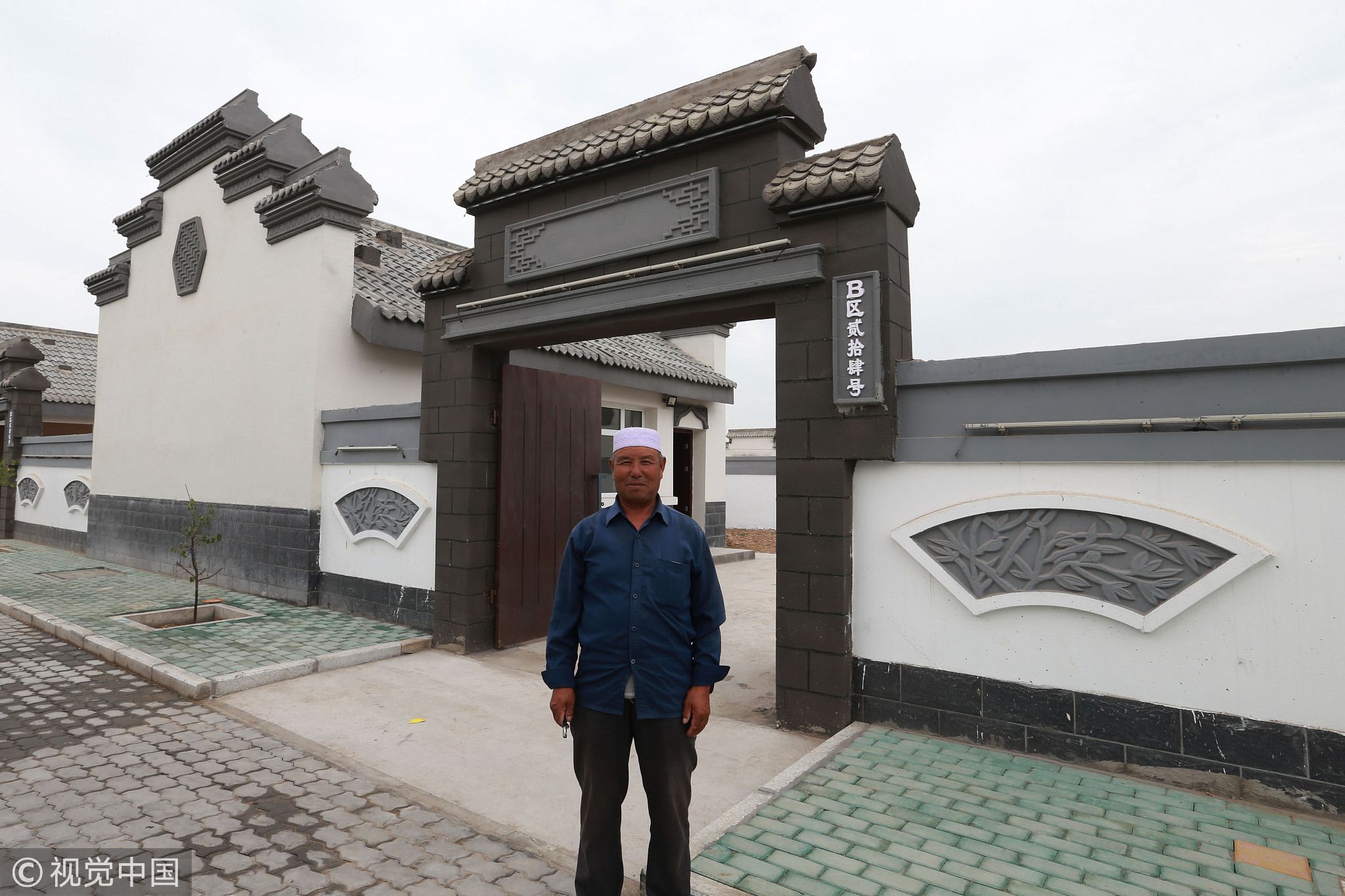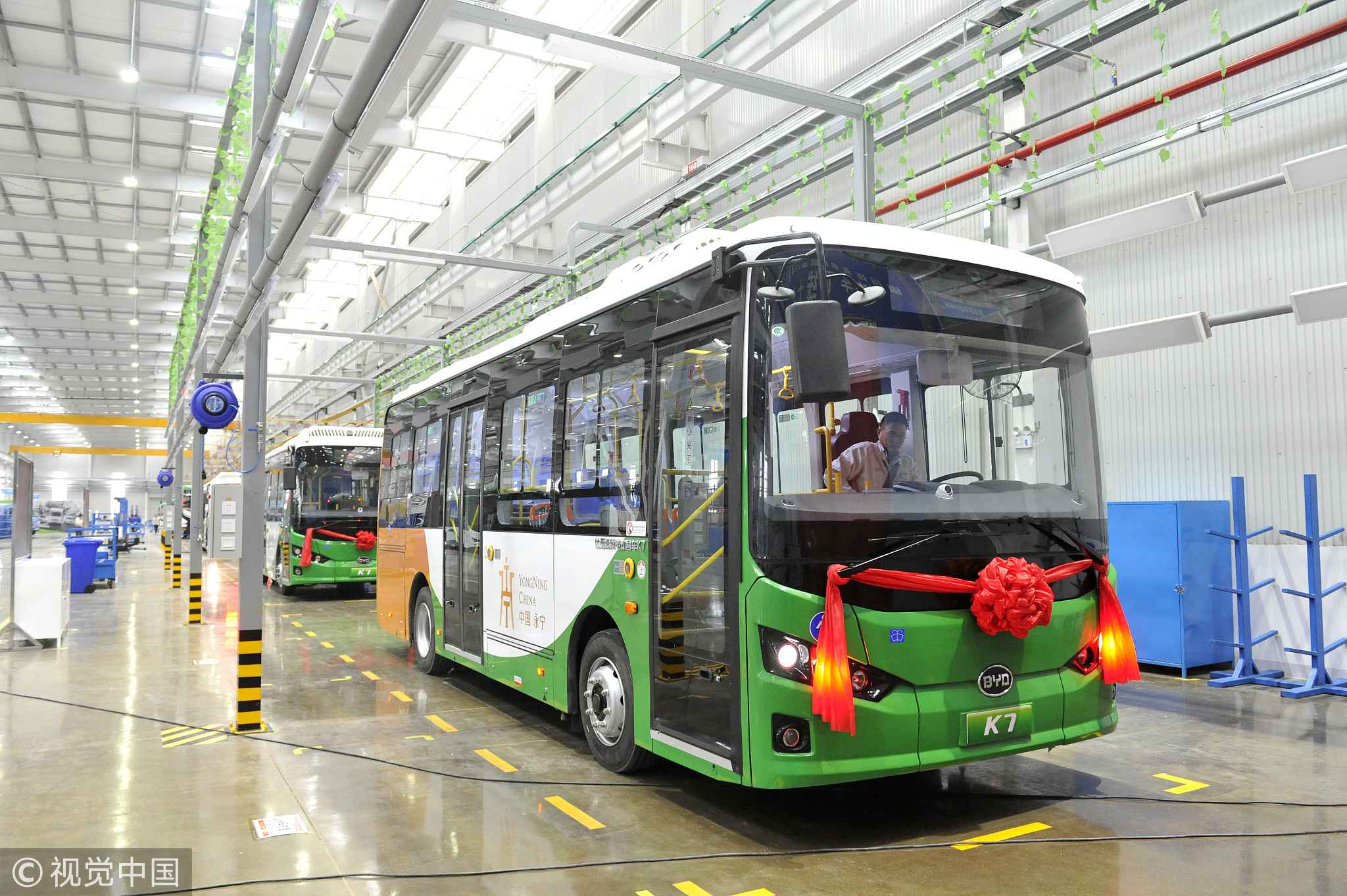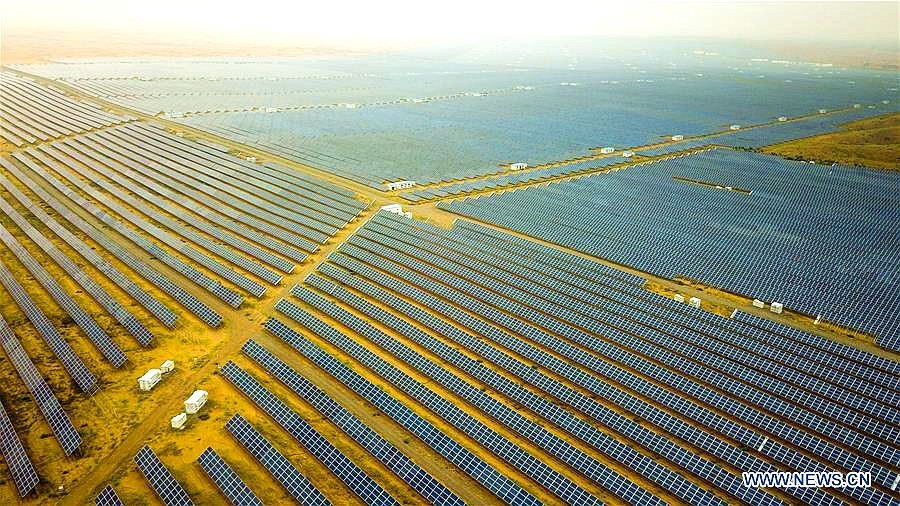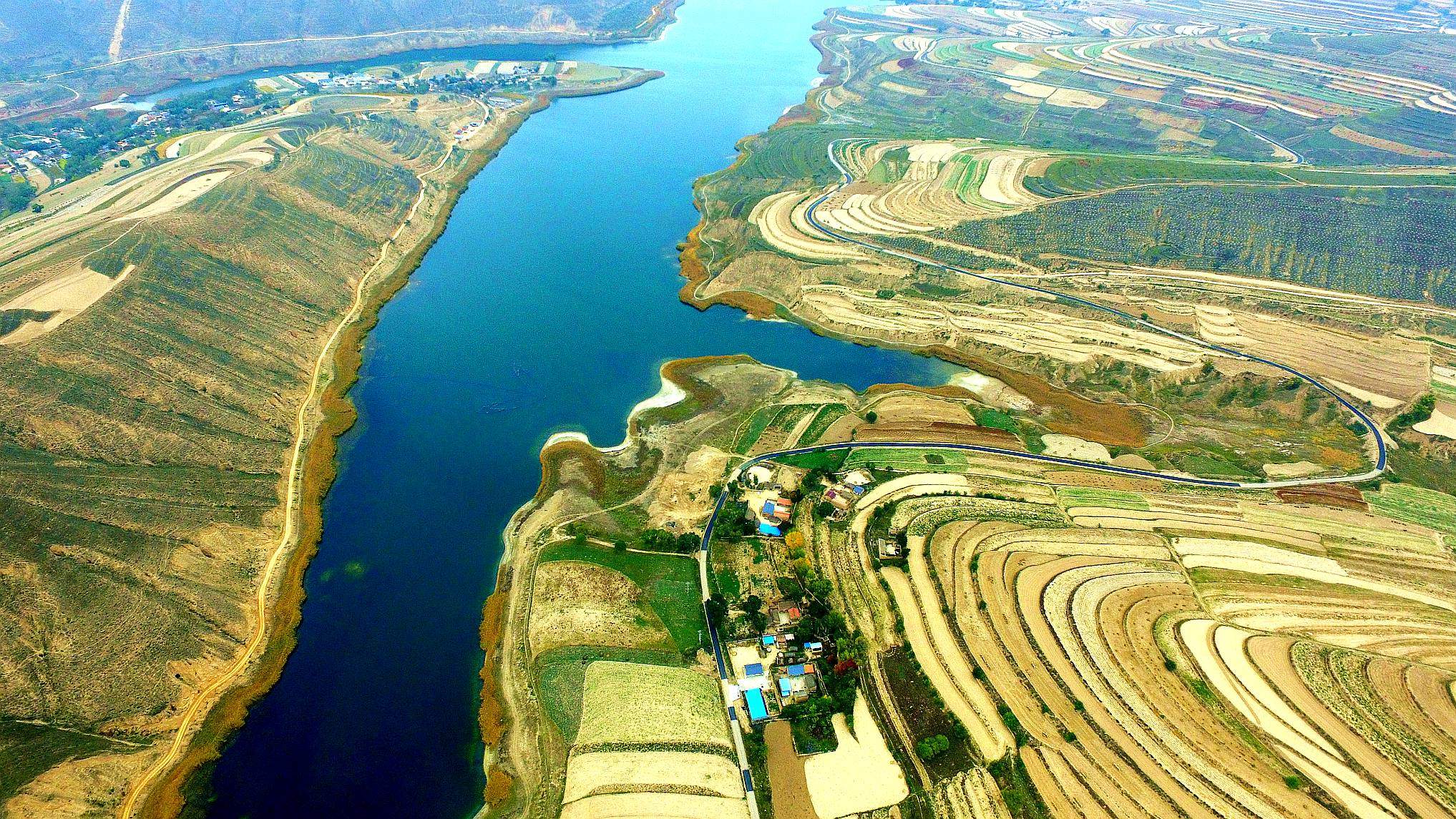Editor's note: With a doctoral degree in communications from the Communication University of China, Dr. Summer has been working in the field of international journalism for 30 years. The article reflects the author's opinions, and not necessarily the views of CGTN.
On October 25, 1958, a new autonomous region was established in northwestern China. The region was home to people from 40 ethnic groups, including Hui, Zhuang, Uygur and Dongxiang, but it was named the Ningxia Hui Autonomous Region as it had the largest Hui population in China.
When the provincial level government was set up, it had to get food subsidies for its people from the Central Government as the region was located in an underdeveloped area, surrounded by mountains, deserts, and barren lands.
Ningxia, one of the most ecologically fragile areas in northwestern China, had long been struggling with droughts, sand, storms, and soil salinization.
The region was rich in coal, but scattered operations were not profitable and random mining brought about serious environmental problems, which had caused concerns not only at the local level but also at the national level because Ningxia's geological location played a strategic role in protecting the country's ecological system.

A villager takes a photo in front of a new home at the resettlement site of Runfeng Village, Ningxia Hui Autonomous Region, on August 21, 2017. /VCG Photo.
A villager takes a photo in front of a new home at the resettlement site of Runfeng Village, Ningxia Hui Autonomous Region, on August 21, 2017. /VCG Photo.
So small-scale mining operations were stopped. Unlike the coastal areas, the landlocked Ningxia could not develop export-oriented industries nor trade during the early years of the country's reform and opening-up.
Fortunately, the region has adopted appropriate development strategies with support from the Central Government over the past 60 years, particularly in the last four decades after the reform and opening-up policy had been put in place.
First, the regional government adopted the "five-guarantees" policy, namely to meet the basic needs of people in the region for food, clothing, housing, education, and healthcare. For people living in extremely poor areas, there were different types of poverty alleviation arrangements, such as the government-funded resettlement project.
Six large scale relocations have been organized, resettling more than 1.3 million people from poverty-stricken areas to their new homes in towns and cities.

The first new energy electric bus was successfully launched at the BYD New Energy Vehicle Base in Yinchuan, Ningxia Hui Autonomous Region, on September 18, 2018. /VCG Photo.
The first new energy electric bus was successfully launched at the BYD New Energy Vehicle Base in Yinchuan, Ningxia Hui Autonomous Region, on September 18, 2018. /VCG Photo.
In addition, the Central Government has also allocated 4.3 billion yuan of special funds to help villagers in poor areas. A total of 3.3 million people have been lifted out of poverty in Ningxia over the past 60 years, bringing down the impoverishment rate by 16.9 percentage points. The local government has detailed plans to help the 238,900 people still living under the poverty line out of the difficulty by the year 2020.
Second, desertification control and other projects have been carried out to improve and restore the region's ecosystem. Statistics show that desertified land once accounted for 57.2 percent of the total area under Ningxia's jurisdiction.
Tengger, the fourth largest desert in China, for example, stretches into parts of Ningxia. In the 1950s, the distance between the desert and the city of Zhongwei was about 5 kilometers.
Local residents said that a breeze would bring dust and sand from the desert into their homes. The situation has now been improved significantly thanks to a World Bank desertification control project. The project encouraged local villagers to set up straw checkerboards to halt the movement of shifting dunes so that grass and shrubs could grow behind the "shields."

Chinese women lay hay in the grid to prevent sand from floating with the wind in the desert of Baijitan Conservation Area, Ningxia Hui Autonomous Region, on July 17, 2010. /VCG Photo.
Chinese women lay hay in the grid to prevent sand from floating with the wind in the desert of Baijitan Conservation Area, Ningxia Hui Autonomous Region, on July 17, 2010. /VCG Photo.
Gradually, the sandy land was turned into an oasis. After two decades' effort, desertification is under control and the desert no longer moves toward the city. The distance between the desert and Zhongwei has been expanded to more than 20 kilometers.
Ningxia has now successfully reversed the trend of desertification in the region. The desertification control method has proven so successful that it has been introduced to neighboring Inner Mongolia and Xinjiang, bringing more than 70 million yuan to local villagers over the past six years, which breaks down to an average annual per capita income of 70,000 yuan for the villagers.
Li Zhigang, director of the Ningxia management center for international forestry cooperation projects, speaks highly of the project. "The significance of the World Bank's project goes beyond ecological benefits. It has also increased local residents' incomes and accelerated social development."
With the improved environment, many villagers have started small businesses, such as grape gardens and household hotels to attract tourists.

A solar power station in the desert in Zhongwei City, Ningxia Hui Autonomous Region, on August 31, 2018. /VCG Photo.
A solar power station in the desert in Zhongwei City, Ningxia Hui Autonomous Region, on August 31, 2018. /VCG Photo.
Fourth, with the introduction of new industry, internet and implementation of the country's Belt and Road Initiative, Ningxia has found the opportunity to develop its economy by utilizing its natural resources and geological location.
For example, Ningxia has set up large-scale solar and wind power stations in the desert, turning the wasteland into a green powerhouse for the region's development. The state-owned Shenhua Group has invested about 55 billion yuan to build the world's biggest single coal-to-liquid (CTL) project. The project is breaking the foreign blockade of CTL core technology.
In the meantime, the Central Government has invested heavily to build highways, railways and other infrastructures and facilities to improve the region's connectivity with other parts of the country and the world as part of China's effort to develop its western region.

The site of the coal-to-liquid (CTL) project in Ningxia Hui Autonomous Region, on August 3, 2018. / Xinhua Photo.
The site of the coal-to-liquid (CTL) project in Ningxia Hui Autonomous Region, on August 3, 2018. / Xinhua Photo.
The Central Government approved the construction of the Ningxia Inland Opening-up Pilot Economic Zone in 2012. The zone enhances cooperation between China and the countries in Central, South and West Asia in terms of trade, commercial logistics, key industries, and cultural and human resources exchanges.
Now, Ningxia has become an important trade and transportation hub for the revival of the ancient Silk Road.
With local initiatives and the Central Government's support, the Ningxia Hui Autonomous Region's GDP reached 345 billion yuan in 2017 – 1,000 times higher than in 1958. And per capita GDP also increased 284 times more than 60 years ago to 50,197 yuan.
Looking back, it's fair to say that Ningxia is not among the country's first areas to become economically successful, but the region is certainly one example of drawing beautiful pictures on a sheet of blank paper, meaning that it has chosen the appropriate strategy for its overall development – success may come a little bit later, but rightfully suitable for the local conditions.
(If you want to contribute and have specific expertise, contact us at opinions@cgtn.com.)







